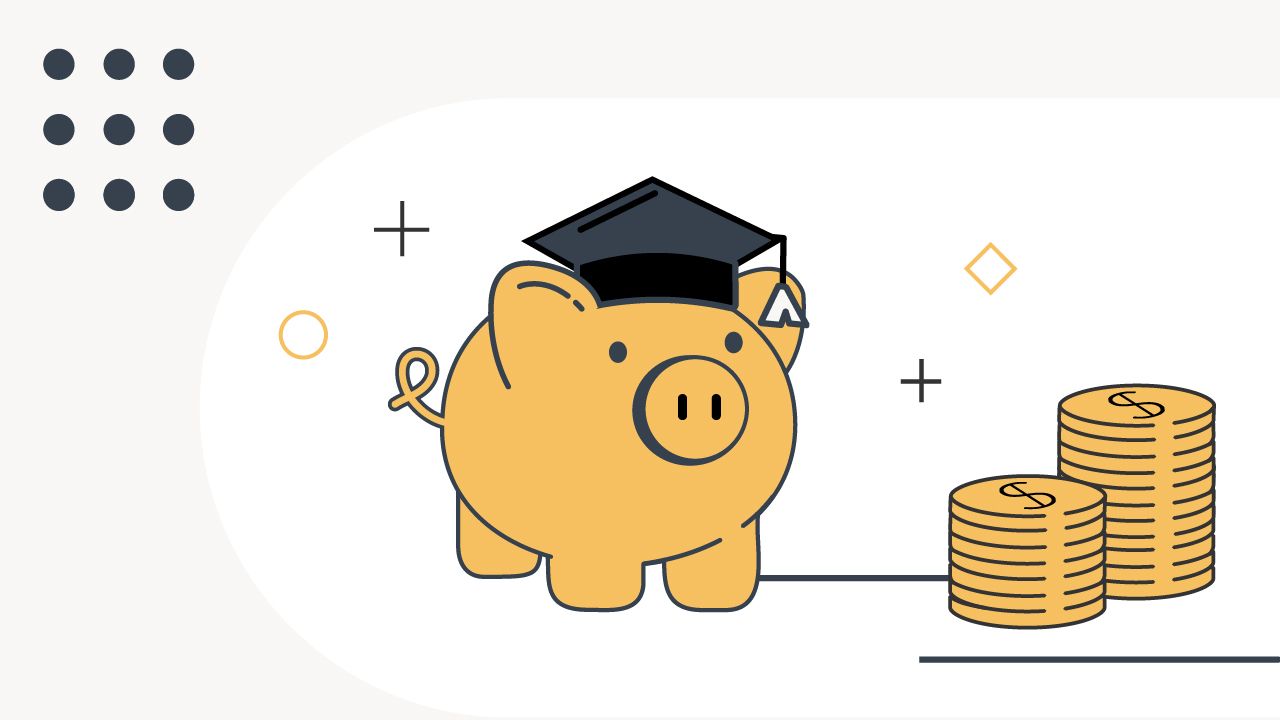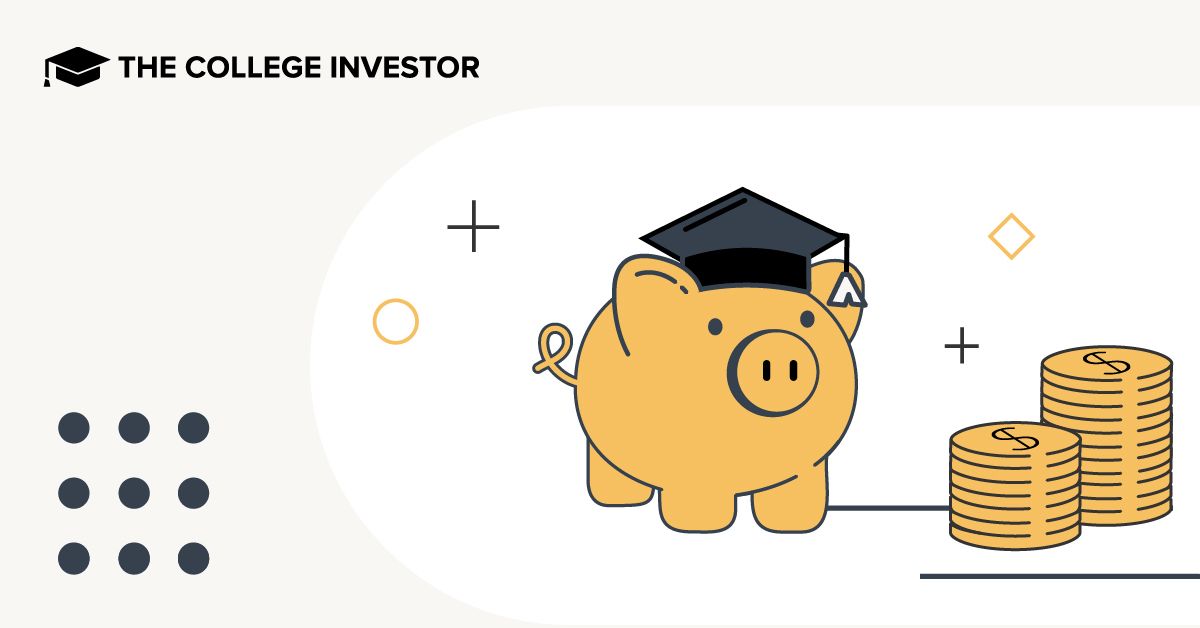
Key Points
- Project 2025 aims to reshape U.S. education policy by reducing federal control and empowering local authorities.
- The initiative seeks to eliminate the Department of Education and redirect funds to states and local communities.
- Project 2025 emphasizes school choice and diverse educational options, including vouchers and education savings accounts.
Project 2025 is a policy playbook created by a coalition of conservative organizations, led by the Heritage Foundation, that reads as a blueprint for what a Republican President should do in their first 180 days in the White House. The Project 2025 Playbook is over 800 pages long, and covers actions that they believe should be taken across all areas of government.
In focusing on education policy specifically, this initiative seeks to undo what they describe as the damage caused by liberal policies and to establish a new agenda for education.
The project wants to implement significant changes, including limiting federal control over education, eliminating the Department of Education, changing the way student loans are managed, and empowering states and local communities to take the lead.
Project 2025 Background And Objectives
Project 2025, officially known as the 2025 Presidential Transition Project, is designed to prepare for a potential conservative administration by providing a comprehensive policy agenda, training personnel, and creating a detailed playbook for the first 180 days in office. The project is inspired by The Heritage Foundation’s “Mandate for Leadership,” which has influenced several presidential administrations, most notably that of Ronald Reagan and, more recently, Donald Trump.
A central component of Project 2025’s education policy is the drastic reduction of federal involvement in education. The coalition believes that the federal government’s role should be minimal, and ultimately, the Department of Education should be eliminated. The project proposes that education funding should empower students and families rather than the government, advocating for a diverse array of school options and learning environments tailored to individual needs.
The policy emphasizes school choice, allowing families to use education savings accounts (ESAs) to direct funding toward private schools, online courses, tutoring, and other educational services. This approach is modeled after successful programs in states like Arizona, where ESAs have provided families with significant flexibility in choosing educational options for their children.
Key Education Policy Goals
Here are some of Project 2025's education-specific policy goals:
Eliminate the Federal Department of Education: Transfer its responsibilities and funds to state and local authorities to reduce federal oversight and bureaucracy in education. Roles would be added to other Departments, such as vocational training moving to the Department of Labor, and loan-related programs to the Department of the Treasury.
Implement Education Savings Accounts (ESAs): Allow parents to use state and local tax dollars to create ESAs for their children, enabling them to choose private schools, online courses, tutoring, and other educational services that may better align with their child's learning needs.
Block Grants to States: Redirect federal education funds to states as block grants without federal strings attached, giving states more flexibility in how they use the money to improve education outcomes.
Promote School Choice: Encourage the development and expansion of charter schools, voucher programs, and other school choice initiatives to give families more options in selecting educational environments that best fit their children’s needs.
Privatize Student Loans and Grants: Shift the responsibility of student loans and grants from the federal government to the private sector, reducing federal involvement and promoting market-driven solutions. Federal government may still be a guarantor of loans. Student loan repayment plans would be simplified and loan forgiveness programs extended or eliminated.
Support Diverse Postsecondary Education: Emphasize funding and support for a variety of postsecondary institutions, including career and vocational schools, faith-based institutions, military academies, and lifelong learning programs, alongside traditional liberal arts colleges and research universities.
Reduce Federal Regulations and Red Tape: Streamline federal education regulations to eliminate unnecessary rules and bureaucratic procedures, thereby reducing administrative costs and allowing more funds to reach classrooms directly. Have more safeguards to Presidents' using executive actions when changing policies.
Support And Criticism
The project has garnered support from various conservative circles, who see it as a necessary step to reclaim control over education from federal bureaucracies. Advocates argue that decentralizing education policy will lead to more effective and tailored educational outcomes for students, as local authorities are better positioned to understand and address the unique needs of their communities. It would also allow for more accountability of student educational outcomes, which have been falling significantly.
However, critics warn that eliminating the Department of Education and reducing federal oversight could lead to increased disparities in educational quality and access. They argue that federal regulations and funding play a crucial role in ensuring equal educational opportunities for all students, particularly those from disadvantaged backgrounds.
Implications For Education Policy
Project 2025 calls for a return to Milton Friedman’s 1955 proposal, where education is publicly funded but decisions are made by families. This vision includes transferring federal education funds to states in the form of block grants without federal strings attached, thus eliminating many federal and state bureaucracies. These funds would then flow through to families, where the money would effectively follow the child.
The initiative also advocates for the private sector to take over student loans and grants, with federal postsecondary education investments focused on economic growth - less funding for programs that our economy doesn't need, and more funding into areas that we do need. By moving toward a model that supports a variety of educational paths, including career and technical education, Project 2025 aims to create a more dynamic and responsive education system with better financial outcomes for students.
As the elections approach, Project 2025 highlights the conservative agenda for education. By reducing federal oversight and increasing local control, the initiative seeks to provide families with greater choice and flexibility in their children’s education.
Remember, this is simply a policy document. No actual laws are being voted on or created here. These are simply ideas that one coalition of groups would like to seem implemented.
Don't Miss These Other Stories:

Robert Farrington is America’s Millennial Money Expert® and America’s Student Loan Debt Expert™, and the founder of The College Investor, a personal finance site dedicated to helping millennials escape student loan debt to start investing and building wealth for the future. You can learn more about him on the About Page or on his personal site RobertFarrington.com.
He regularly writes about investing, student loan debt, and general personal finance topics geared toward anyone wanting to earn more, get out of debt, and start building wealth for the future.
He has been quoted in major publications, including the New York Times, Wall Street Journal, Washington Post, ABC, NBC, Today, and more. He is also a regular contributor to Forbes.
Editor: Colin Graves
